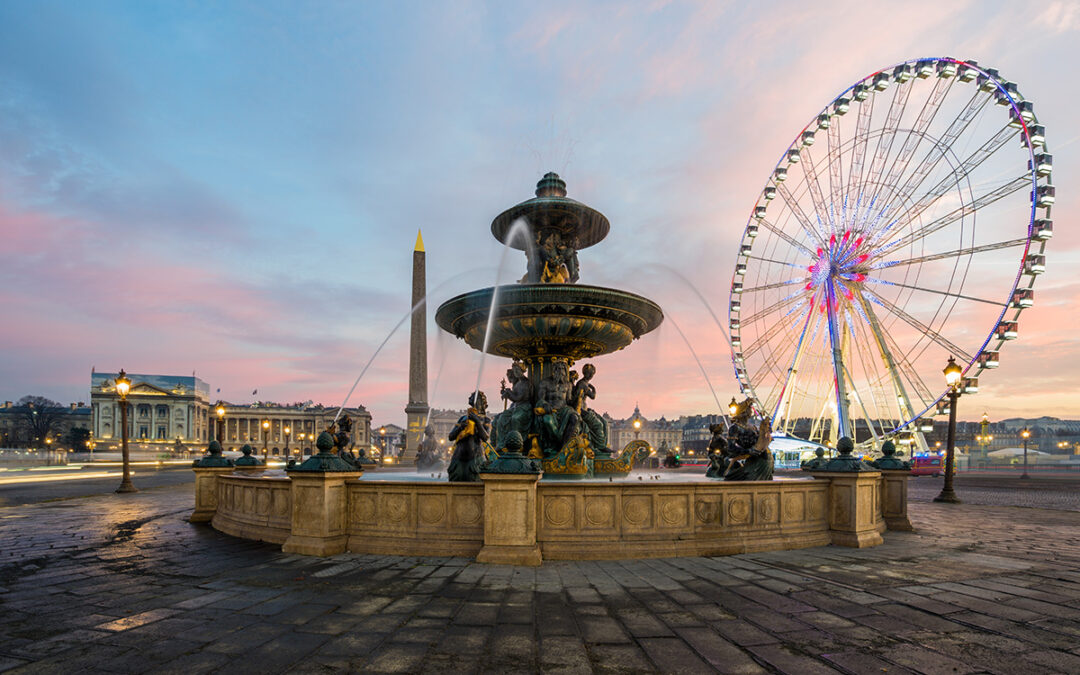As dawn breaks over the Champs-Élysées each April, a special kind of magic descends upon the French capital. The Schneider Electric Marathon de Paris represents more than just a race, it’s a moving celebration of human spirit against one of the world’s most breathtaking backdrops. Having navigated both the triumphant highs and humbling challenges of this event myself, I can attest that running the Paris Marathon offers an experience unlike any other. With the 2026 edition already generating buzz in running circles, now’s the perfect time to start planning your journey through the streets of Paris.
Why the Paris Marathon Should Be Your 2026 Goal
While many major marathons offer impressive scenery, Paris delivers a genuine tour through living history combined with impeccable organization and unmistakable French flair. Here’s what makes this race exceptional.
1. A Moving Museum Tour
Where else can you check world-famous landmarks off your list while chasing a personal best? The course reads like a greatest hits collection of Western civilization:
- The awe-inspiring start on Avenue des Champs-Élysées with Arc de Triomphe as backdrop
- The peaceful shaded paths of Bois de Vincennes where you’ll find your rhythm
- The iconic Seine River crossings offering postcard views of Notre-Dame and Eiffel Tower
- The surreal experience of running through pitch-dark tunnels beneath famous monuments
- The triumphant finish on Avenue Foch with crowds cheering in multiple languages
2. Surprisingly Supportive Crowds
Despite Parisians’ reputation for reserve, marathon Sunday brings out incredible warmth and enthusiasm. The support manifests in uniquely French ways:
- Families distributing slices of orange from their apartment balconies
- Traditional jazz bands playing in arrondissement town squares
- The unforgettable “Allez! Allez!” chants that carry you through tough moments
- Art students sketching runners near Pigalle’s famous cabarets
Paris Marathon Course: What Really Awaits You
While the elevation chart appears relatively flat, Paris presents subtle challenges that demand strategic planning. The experience of running the Paris Marathon involves navigating both physical and mental tests throughout its point-to-point route from central Paris to Bois de Boulogne.
Start to 10K: Historic Heart (Champs-Élysées to Place de la Bastille)
The opening kilometres deliver overwhelming grandeur but also significant downhill sections that tempt runners to start too fast. The descent from Arc de Triomphe to Place de la Concorde feels exhilarating but can cost you later. The crowd energy here is electric but thins noticeably as you turn toward Bastille.
10K to 30K: River Rhythm (Seine Banks to Bois de Vincennes)
This long section along the Seine provides relative flatness but minimal shade. The out-and-back format near Bercy lets you see faster runners, which can be motivating or demoralizing depending on your pace. The tunnels around Km 25 create disorienting echoes and temperature changes despite their short length.
Training Specifically for Paris’ Challenges
While not as hilly as other major marathons, Paris demands particular preparation to handle its unique characteristics. Proper training is essential for running the Paris Marathon successfully.
1. Tunnel Training
The course’s several underground passages create sensory disorientation. Practice running in dim light or wearing sunglasses to simulate the sudden darkness and echo effects.
2. Cobblestone Preparedness
Historic sections feature uneven cobblestones that challenge stability. Include training on gravel paths or grass to strengthen stabilizing muscles.
Securing Your 2026 Paris Marathon Entry
While less competitive than other World Marathon Majors, Paris requires advance planning to guarantee your spot.
Registration Timeline
Registration typically opens in June 2025 for the following year’s race. The general entry lottery remains open for several weeks, with credit card charges only processed if selected.
Charity Entries
Several international charities offer guaranteed entries with fundraising requirements typically between €1,000-€2,000. These often include hotel packages and race-day support.
Is the Paris Marathon Worth It in 2026?
Absolutely. While not the fastest course, Paris delivers an experience that balances world-class organization with undeniable romance. The combination of historic scenery, enthusiastic crowds, and that unique Parisian atmosphere creates memories that far outlast any finish time.
Whether you’re chasing a personal best or simply want to experience 42.2 kilometres of the world’s most beautiful city, the Paris Marathon promises to deliver an adventure you’ll cherish long after your muscles have recovered. Start planning now, your future self will thank you for taking on this incredible journey.

